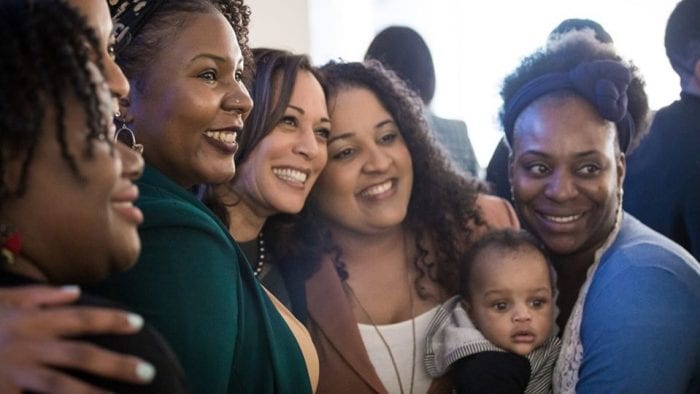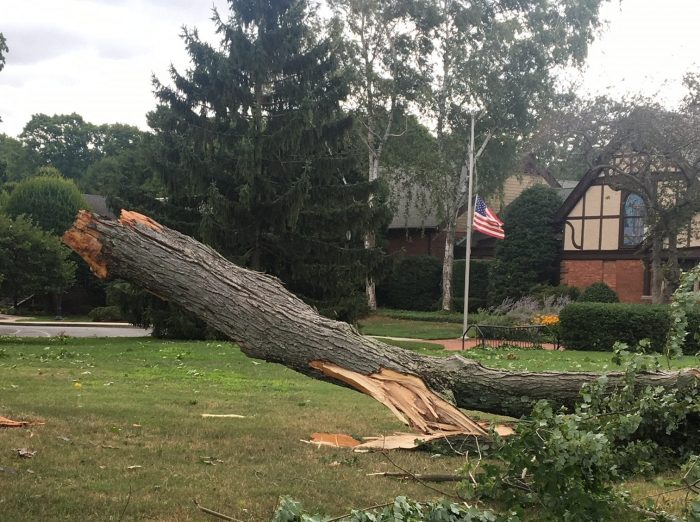By Leah S. Dunaief

An old friend visited, one who had lived here many years, and we used the occasion to have a mini reunion of sorts. The half dozen or so of us wives and mothers, who had come to Long Island in our 20s and raised our children here as our husbands built their careers, are now widows together.
We gathered at the beach, then again over breakfast, then on to another beach over two days to catch each other up on our lives and the progress of our children and grandchildren. It was a moveable feast of personal histories and philosophies.
The good news is that our children and grandchildren seem to be doing pretty well.
Some of the children went into the same careers as their fathers or mothers, others went in different directions. Almost all moved off the Island, although they return for regular visits or Zoom during this unprecedented time. Watching the grandchildren grow and develop their own lives and ideas with little responsibility needed from us is a delight.
Of course, we talked about our various health issues and traded advice, but not too much since there were more interesting subjects. One theme that came up was our appreciation for what life has given us. We all treasure our families and the love among the members. We also deeply rejoice in our friendships, especially those of a lifetime. Old friends cannot be replaced. They remember our parents, they laugh with us over what seemed in the past like serious problems and they bear witness to our lives. They know us for who we are, and best of all, they don’t see us as aged, but rather essentially as we looked when we first met.
Over the years, we swam together at the apartments’ pool, we cooked for each other with late dinners — “gourmet groups,” we called them — after the kids were put to bed in our new homes. We skied together in Vermont, played tennis at the school courts and then in the tennis clubs, we sailed together on the Sound, we cheered as our offspring moved through elementary, junior and senior high schools, we applauded as they went off to colleges of their choice, and we began to dine out regularly with each other. We comforted each other as, one by one, we began to lose our parents. We were becoming the older generation.
Most fun of all, we began to travel with each other. Places we visited, in no particular order and with various combinations of friends, included Canada, Alaska, France, Switzerland, Holland, Belgium, Monaco, England, Wales, Ireland, Scotland, Spain, Portugal, Morocco, Czech Republic, Slovakia, Hungary, Croatia, Montenegro, Estonia, Denmark, Sweden, Finland, Russia, China, Thailand, Cambodia, Vietnam, Singapore, Bali, Hong Kong, New Zealand, Australia, Zimbabwe, South Africa, Grand Cayman, St. Thomas, Costa Rica, Brazil, Argentina, Chile and Italy, Italy, Italy.
For each and every one of those destinations, we have indelible memories, and always of some combination of us together. And we have the endless number of photographs to remind us of the details.
What are we left with now? We are enormously grateful for our lives, our health, our children and grandchildren, our memories and our future, we hope, to some degree together. We are more mellow now and able to distinguish the minor irritations from the major challenges. We think of ourselves as in the autumn of our lives, grateful for all we can do and aspire to do. And interestingly, none of us has moved to live with any of our children, although some of us have moved to smaller quarters or warmer locations. If we could just get past this pandemic and go back to kicking up our heels, we would look forward to that.
The underlying theme from our gatherings is our profound gratitude and appreciation for life. One friend said she notices birds more, listens to their songs, admires their colors, enjoys nature in a deeper way now. I think she spoke for us all.














